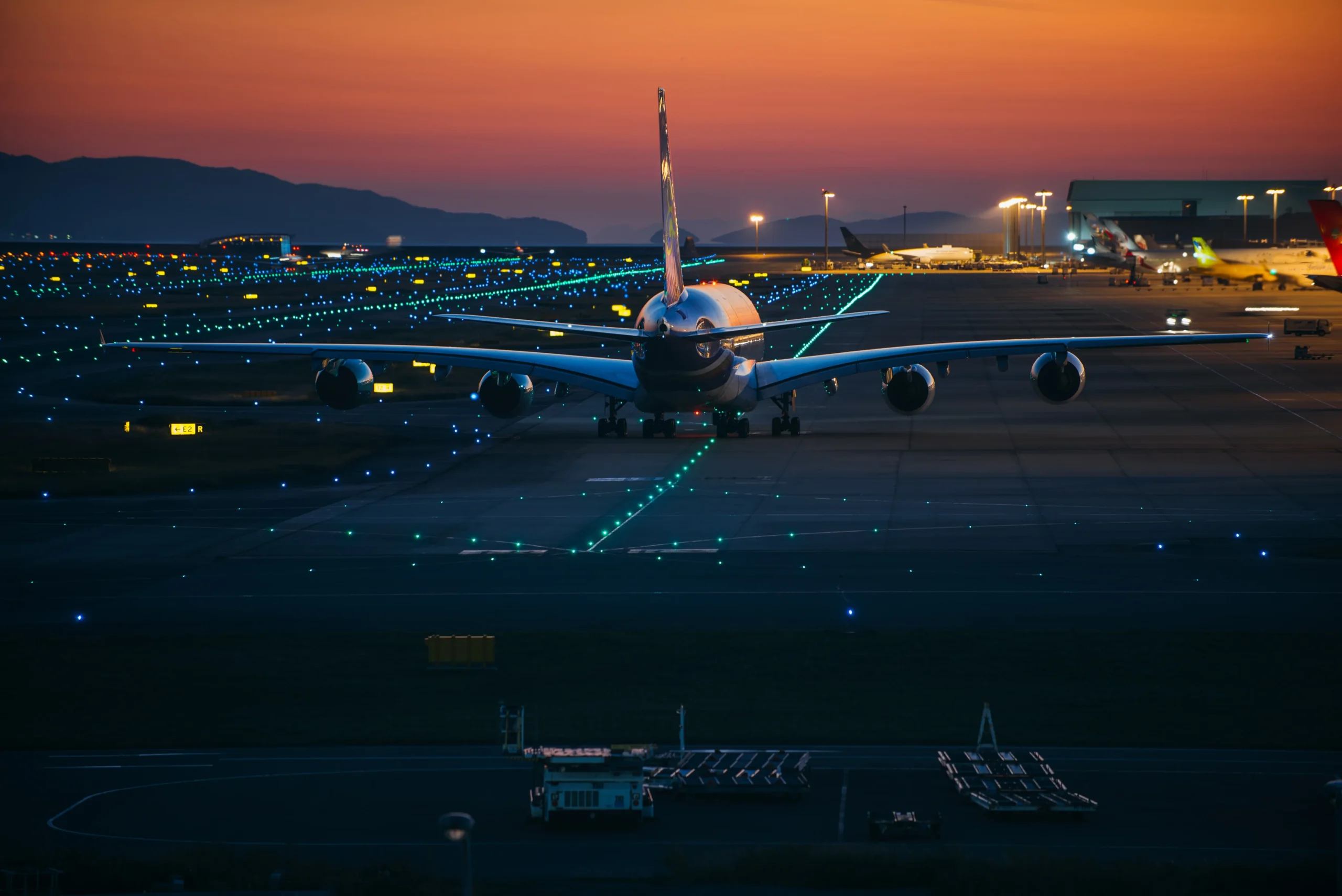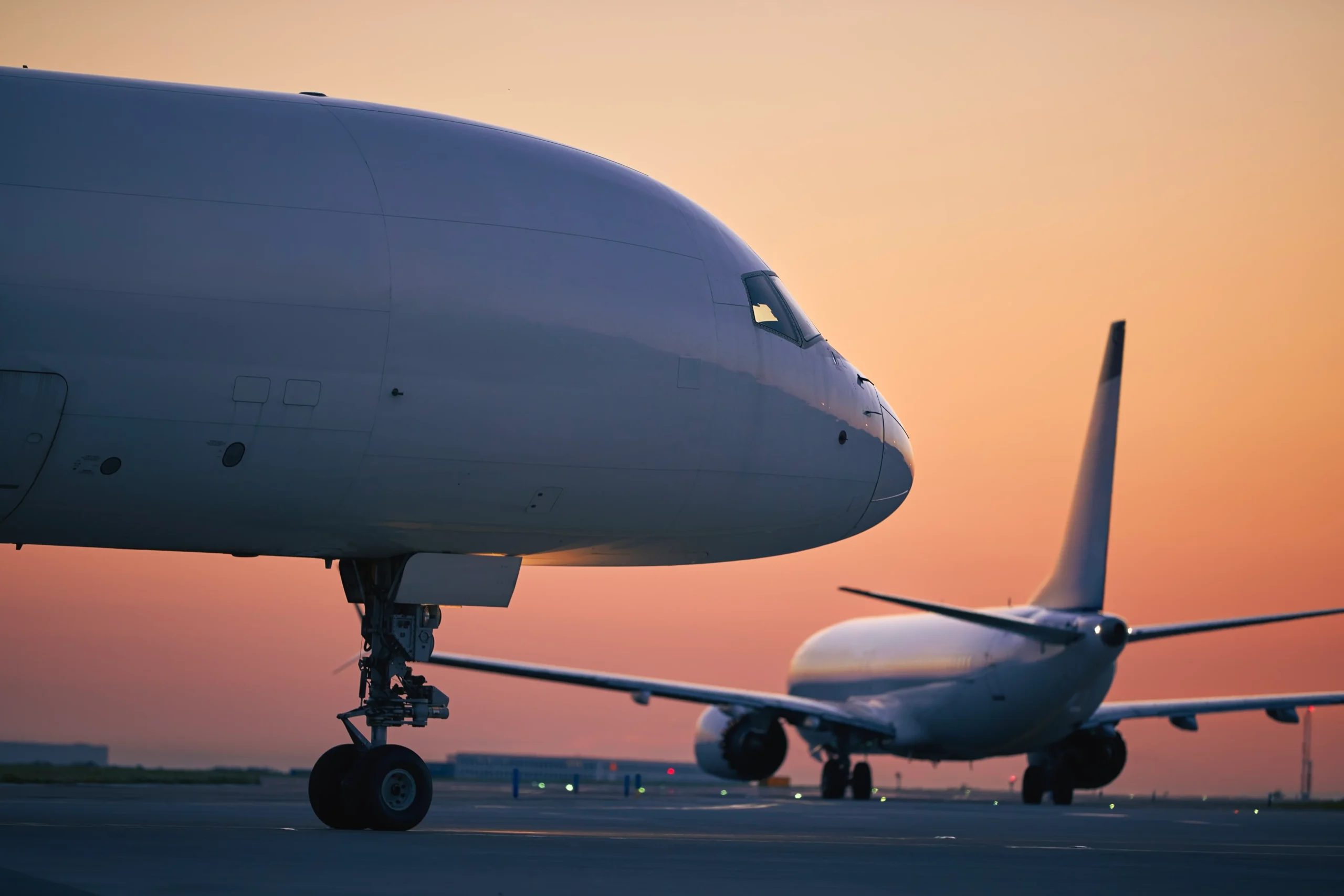“Last week, I watched a video of a flight attendant flipping through the manual of an old cockpit, a huge manual that now exists on an iPad.” Said Jekaterina Shalopanova, CBO of AERVIVA. “The flight decks and cabins from those days had no sleek touchscreens, just rows of clunky analogue dials, highlighting just how rapidly technology has shifted. Add this to rising passenger demand and mounting sustainability pressure; it’s no surprise that airlines are investing billions into their fleet expansion.”
Why are Airlines Expanding?
Perhaps the biggest reason airlines are expanding their fleets is because demand for air travel is surging back, stronger than ever. In 2024, 83.5% of seats on offer globally were filled, a record high, driven by a mix of post-pandemic leisure travel, rising middle-class populations in emerging markets, and booming international tourism. Currently, in 2025, this is expected to hit 84%, rising in all regions except for the Americas.
At the same time, ageing aircraft are becoming more expensive to maintain and less fuel-efficient compared to the new generation of jets. By investing in modern planes, airlines can cut operating costs, reduce carbon emissions, and offer passengers a smoother, quieter, and more comfortable journey. Expansion is about keeping up with demand whilst staying competitive in a global market where customers expect reliability, efficiency, and sustainable travel options.
What’s Driving the Investment?
Recovery & Demand Surge
Air travel is roaring back. Etihad reported its most profitable first half ever in 2025, generating $306 million after taxes and moving 10.2 million passengers. In July 2025, Etihad passed the milestone of 20 million passengers carried over the past 12 months, double the 2022 figure, further reinforcing Etihad as the fastest-growing carrier in the region. With the addition of 20 new aircraft, their fleet now stands at over 100 and strong growth justifies large-scale renewal and expansion.
Not to be left behind, other airlines are following suit, recently, Qatar Airways stunned with a record deal totalling $96 billion, purchasing 130 Boeing 787 Dreamliners and 30 Boeing 777-9s, plus options for an additional 50, 787 and 777X’s.
ANA Holdings, operators of ANA and carriers based in Japan, have also announced that they have ordered 77 new aircrafts, from Boeing, Airbus and Embraer, spending $14.5 billion on the deal to bring their new fleet to a total of 320 aircraft to support expanding domestic and international demand in Japan. Meanwhile, IndiGo, India’s largest airline by market share, secured a staggering 500, A320 family aircraft. This brings their total number of Airbus on order to 1330 and positions IndiGo as the world’s largest A320 family customer.
Aircraft lessors are also scaling up dramatically and now own more than half the world’s fleet of passenger jets. Air Lease is the fifth-largest aircraft lessor, and they recently agreed to be acquired in a massive $7.4 billion takeover, gaining them more market growth.
However, it’s not just about headline-making orders. Industry-specific forecasts are equally telling. Cirium predicts that over the next 20 years, 45,900 new aircraft, valued at $3.3 trillion, will be delivered worldwide, filling gaps in both passenger and cargo capacity. In fact, by Q4 of 2024, 26.1K aircraft were in service, up 5% from January 2020, which marked the start of the COVID-19 pandemic.
Efficiency & Sustainability
Older jets are costly and less green. The International Air Transport Association (IATA) notes the average passenger plane is now nearly 15 years old, reaching an all-time high thanks to pandemic disruptions and backlog. In 2024, only 1,266 aircraft were delivered, an 8.1% drop from 2023, which was several thousand fewer new jets delivered than planned. This drop has been compounded by significant order backlogs from manufacturers, which help explain why airlines are placing large orders now to secure their place in the production queue.
For instance, as of July 2025, Airbus reported a backlog of 8,678 jets, whilst Boeing had an unfilled order backlog of about 6,563 aircraft. Also, Airbus has noted that its delivery delays are expected to last for up to three more years in some cases due to supply chain issues (engines, structural parts, cabin equipment) that are pushing scheduled deliveries farther out.
Airlines are thus moving fast to modernise, and in 2025, 1,692 aircraft are expected to be delivered.
However, airlines aren’t just expanding for commercial reasons; they’re also under pressure to meet ambitious climate targets. The IATA has committed the global industry to reach net-zero carbon emissions by 2050, a goal that requires massive investment in cleaner, more efficient aircraft. New-generation planes like the Airbus A350 and Boeing 787 are designed to burn up to 25% less fuel than their predecessors, making them vital tools in hitting these milestones. Fleet renewal isn’t a quick fix, but it’s a critical step toward ensuring that aviation can grow while aligning with international climate commitments.

Strategic Positioning
For carriers like Etihad and Korean Air, bigger, more efficient wide-body jets signal readiness to compete globally by offering long-haul connectivity that rivals competitors. At the same time, regional carriers such as Star Air India are ramping up massively to serve domestic market gaps. By increasing fleet size and upgrading to newer, more versatile aircraft, these carriers are positioning themselves not only to capture market share at home but also to lay the groundwork for international expansion in the years ahead.
Fleet expansion is increasingly becoming a geopolitical tool. Countries with major national carriers are using aviation to influence, secure international connectivity, and shape global networks. A strong flag carrier can also be seen as a symbol of national prestige, enabling soft power via tourism and trade and supporting foreign policy goals.
The Takeaway: Why Airlines Are Investing Billions
Massive fleet investments stem from three intertwined realities: recovering and growing demand for air travel, financial pressure to improve efficiency and sustainability, and strategic bids to dominate in fast-growing regions. Airlines and lessors are placing significant investments in newer, greener, and smarter fleets to maintain competitiveness, achieve objectives, and prepare for future challenges.
Fleet expansion has emerged as a crucial aspect of airline strategy, particularly in light of growing passenger numbers, ageing jets, sustainability objectives, and looming geopolitical competition. After all, tomorrow’s aircraft will carry the future of global connectivity.

